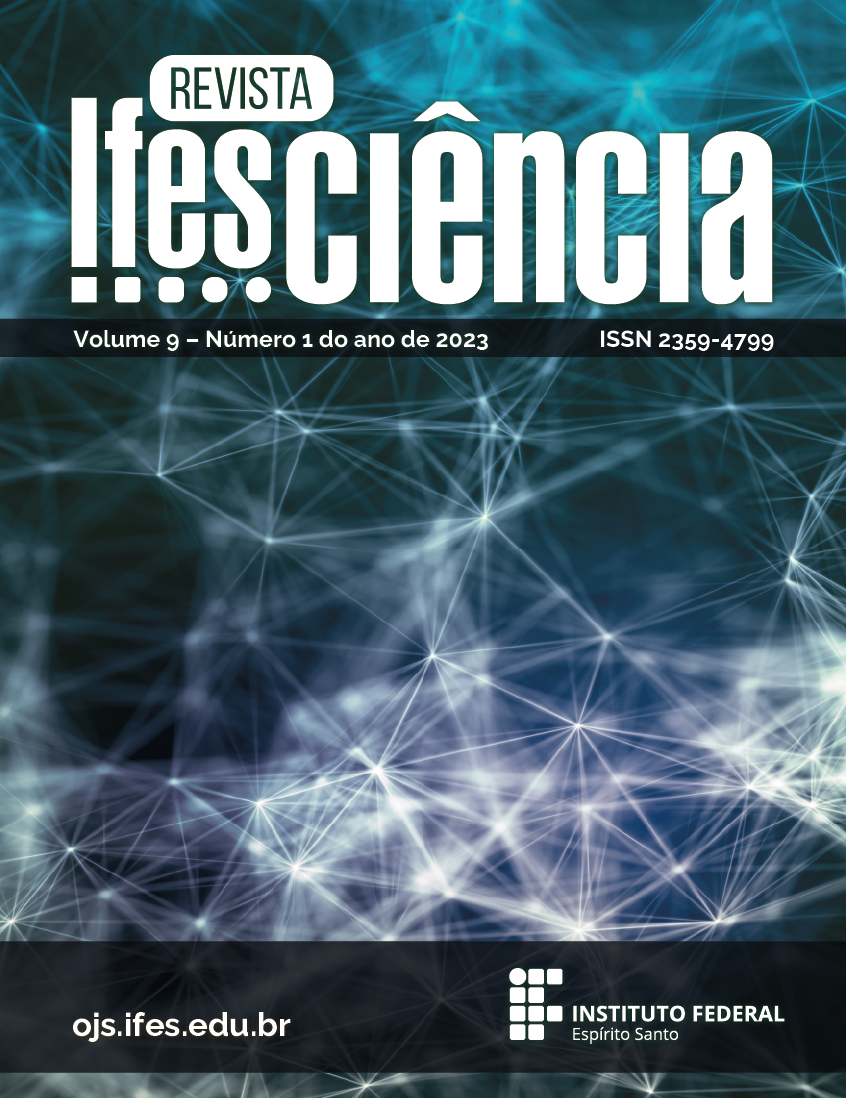ZONEAMENTO AGROCLIMÁTICO DA EUTERPE EDULIS MART PARA O ESTADO DO ESPÍRITO SANTO
DOI:
https://doi.org/10.36524/ric.v9i1.2182Keywords:
Área de preservação permanente, Extrativismos, Sistema de Informações Geográficas, Sensoriamento remotoAbstract
The juçara palm (Euterpe edulis Mart) is native to the Atlantic Forest, with great ecological importance, high cultural value and economic interest. It is on the list of Brazilian endangered species. However, there is a growing demand for the extraction of its fruits for the production of pulp. In such a way, the objective of the work to carry out the agroclimatic zoning of juçara for the state of Espírito Santo and, also to point out the ten municipalities of the state with larger areas of agroclimatic aptitude for the implantation of the culture. Temperature and water deficit data were used in a computational application, on which map algebra was used, with the addition of the desired parameters to determine the climate suitability of the crop. Then the data were reclassified and later the combine function was applied, generating the zoning. In order to remove the inappropriate areas formed by urban spots, roads and Conservation Units, an overlay was applied. The state of Espírito Santo has 84.81% of the area suitable for the cultivation of juçara. Of this total, 26.90% are from naturally suitable areas; 12.15% are suitable areas with occasional irrigation; 14.51% are from suitable areas with complementary irrigation; and 31.25% of suitable areas with mandatory irrigation. Among all the municipalities in the State, the ten with the highest percentage of area suitable for cultivation are: Viana (97.16%); Jerônimo Monteiro (94.98%); Muqui (94.90%); Rio Novo do Sul (92.55%); Cheerful (91.55%); Guaçuí (90.95%); Iconha (90.87%); São José do Calçado (88.41%); Ibitirama (88.12%) and Fundão (82.89%).
Downloads
Published
Issue
Section
License
Copyright (c) 2023 Revista Ifes Ciência

This work is licensed under a Creative Commons Attribution-NonCommercial-NoDerivatives 4.0 International License.
Autores que publicam nesta revista concordam com os seguintes termos:
- Autores mantém os direitos autorais e concedem à revista o direito de primeira publicação, com o trabalho simultaneamente licenciado sob a Licença Creative Commons Attribution que permite o compartilhamento do trabalho com reconhecimento da autoria e publicação inicial nesta revista.
b. Autores têm permissão e são estimulados a publicar e distribuir seu trabalho online (ex.: em repositórios institucionais ou na sua página pessoal) a qualquer ponto antes ou durante o processo editorial, já que isso pode gerar alterações produtivas, bem como aumentar o impacto e a citação do trabalho publicado (Veja O Efeito do Acesso Livre).



